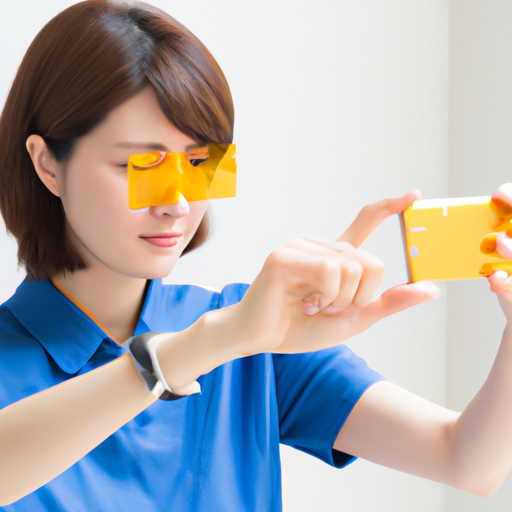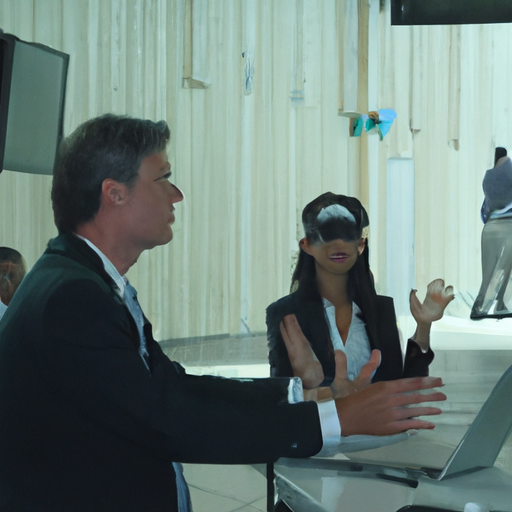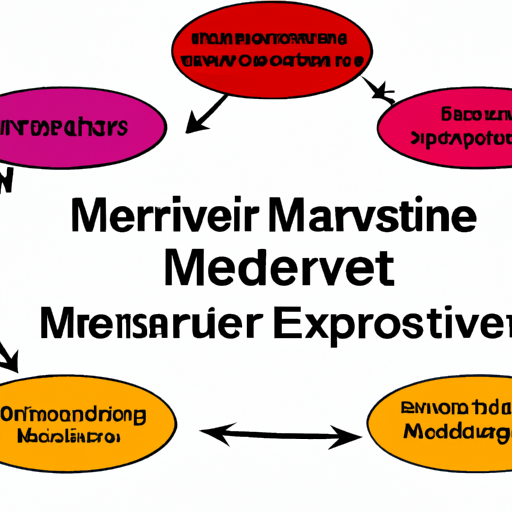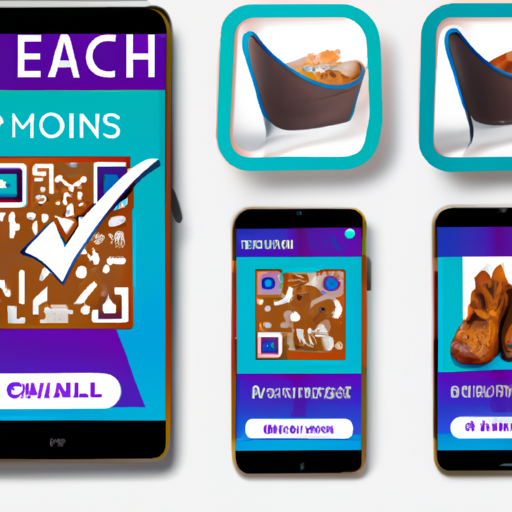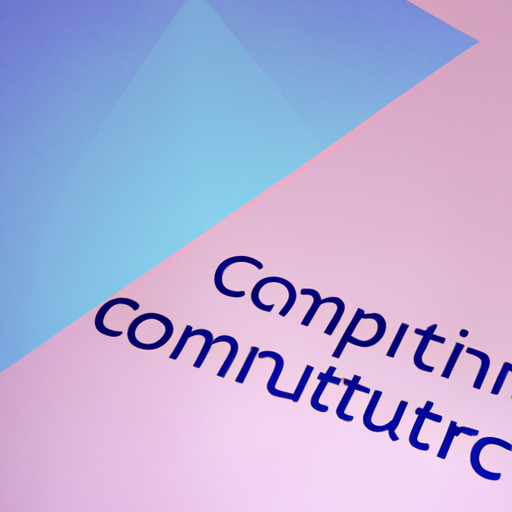In the ever-evolving landscape of retail technology, augmented e-commerce experiences have emerged as a game-changer for online shopping. With the integration of augmented reality (AR) into e-commerce platforms, businesses can now provide customers with interactive and engaging shopping experiences that enhance satisfaction and increase conversions.
What is Augmented E-Commerce?
Augmented e-commerce combines online shopping with augmented reality technology, allowing customers to visualize products in a real-world context before making a purchase. This innovative approach improves product interaction and helps buyers make informed decisions. It transforms the traditional shopping experience into a dynamic journey where the possibilities are limitless.
Benefits of Augmented E-Commerce Experiences
- Enhanced Product Visualization: Customers can view products in 3D, allowing them to see every angle and detail, which helps to reduce uncertainty about online purchases.
- Increased Engagement: AR experiences capture customers’ attention, making shopping more enjoyable and interactive. This can lead to longer visit durations and improved brand loyalty.
- Higher Conversion Rates: With better visualization and engagement, augmented e-commerce has been shown to increase conversion rates significantly, ultimately boosting sales.
- Reduced Return Rates: By providing a better understanding of the product, AR can help mitigate the chances of returns due to unmet expectations.
Examples of Augmented E-Commerce in Action
Several brands are already leveraging augmented reality to enhance their e-commerce experiences:
- IKEA: With the IKEA Place app, customers can visualize how furniture items fit and look in their living spaces using AR.
- Sephora: The Sephora Virtual Artist app allows customers to try on makeup virtually, helping them choose the right products before purchasing.
- Nike: Nike has implemented AR experiences that help customers customize their shoes and see them in a virtual environment before buying.
How to Implement Augmented E-Commerce Experiences
To successfully incorporate AR into your e-commerce strategy, consider the following steps:
- Assess Customer Needs: Understand what products would benefit from AR visualizations based on your target audience.
- Choose the Right Technology: Invest in AR platforms or tools that integrate seamlessly with your existing e-commerce site.
- Test and Optimize: Before a full-scale launch, test the AR experience with a small audience to gather feedback and make improvements.
The Future of Shopping
As technology advances, augmented e-commerce will continue to evolve, providing consumers with exciting new ways to shop online. By embracing this technology, businesses can not only enhance the shopping experience but also stay competitive in a crowded market. The future of online shopping is bright, and augmented reality is leading the way.
Are you ready to elevate your e-commerce experience with augmented reality? Start exploring AR solutions today and watch your online sales soar!
Conclusion: Augmented e-commerce experiences are reshaping the way we shop online. By integrating augmented reality into business strategies, retailers can create engaging experiences that boost customer satisfaction and drive sales. Embrace the future of shopping with augmented e-commerce.


